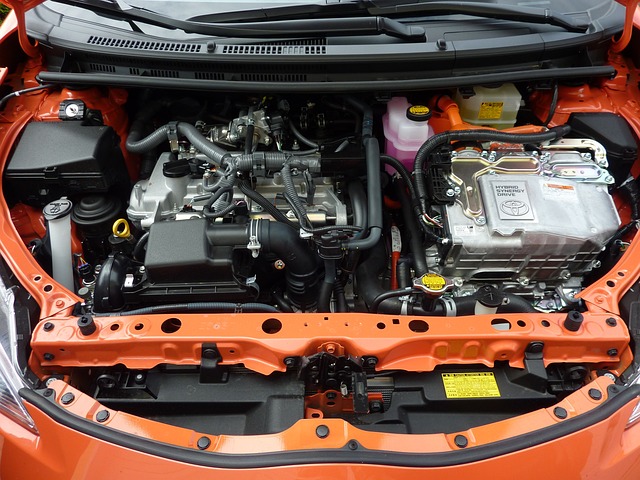Engine oil is critical to ensuring the smooth functioning of an internal combustion-powered vehicle. You put engine oil, a lubricant, in your engine, but why are there so many different types, what differences exist between them and does it actually matter?
Even if you have a relatively new vehicle and you take it to a dealer to be serviced, you still have to check the oil level. Furthermore, the older your engine, the more oil it will likely use and the more frequently you will have to check the dipstick to ensure it stays above the minimum level. If you need to move oil from one place to another, one tool you can use is a solvent transfer pump.
Why Should I Top Up the Oil in My Vehicle?
If you fail to maintain your vehicle’s minimum engine oil level, chances are high that critical components of your engine will be starved of oil and will consequently either fail catastrophically or wear prematurely.
Keep in mind that it isn’t simply about keeping your vehicle’s oil level topped up. It is equally important to change the engine oil at the manufacturer-specified service intervals for the simple fact that the oil eventually wears out.
What Is the Difference Between Mineral Oil and Synthetic Oil?
Mineral oil is actually ‘cruder’ than synthetic oil, but is also considerably cheaper to manufacture and is still capable of providing perfectly adequate protection even for engines that are far less demanding.
Synthetic oil, on the other hand, is the pinnacle of engine lubrication for high-performance vehicles. In spite of its name, however, synthetic oil is derived from crude oil. The difference is that its properties and molecular structure are refined, modified, and ‘synthesised’ using complex laboratory processes.
What Are Engine Oil Viscosity Ratings?
Engine oil can only provide the right performance and protection if it ‘flows’ properly both through and around the engine components. ‘Viscosity’ is the technical term for this and has traditionally been measured at 100 degrees Centigrade.
Car engines, however, operate across a range of temperatures, especially when they start up cold. The oil that’s designed for normal engine operating temperatures is far too thick when the engine is cold, which is traditionally when much of the engine wear occurs. ‘Multigrade’ oils are the solution since they use Viscosity Index Improvers (VII) to ensure that the oil runs more freely at low temperatures.
What Else Goes into Your Oil?
It isn’t just about oil grades and mineral vs. synthetic oil – engine oils are comparable to a complex chemical mixture that’s designed not only to provide lubrication, but also protection, engine efficiency, and specific adaptations for modern innovations such as diesel particulate filters.
So, that can of engine oil that you have recently purchased almost certainly has some or all of the following blended in: anti-wear agents, dispersants, Viscosity Index Improvers, anti-oxidants, corrosion inhibitors, foam inhibitors, pour-point depressants, and friction modifiers.
Which Engine Oil Grade Is Ideal for My Vehicle?
To determine which engine oil grade is ideal for your vehicle, you should first check the owner’s manual or the car manufacturer’s website. Often, they will quote specific original equipment manufacturer (OEM) standards that are then picked up on by oil companies.
So, if you find the car manufacturer’s OEM code for your vehicle and Google it, you will likely find several big-name oil companies quoting that directly on the packaging. Most oils are designed to be used in both diesel and petrol engines, and the makers will usually quote a combined diesel/petrol code on the packaging.
What If You Have an Old Engine?
High-priced synthetic oils aren’t always ideal. Older engines might have been designed at a time when tolerances were far much wider, or general wear will have made tolerances wider – either way, a traditional mineral oil that’s more viscous won’t be just cheaper, it may provide superior protection.
